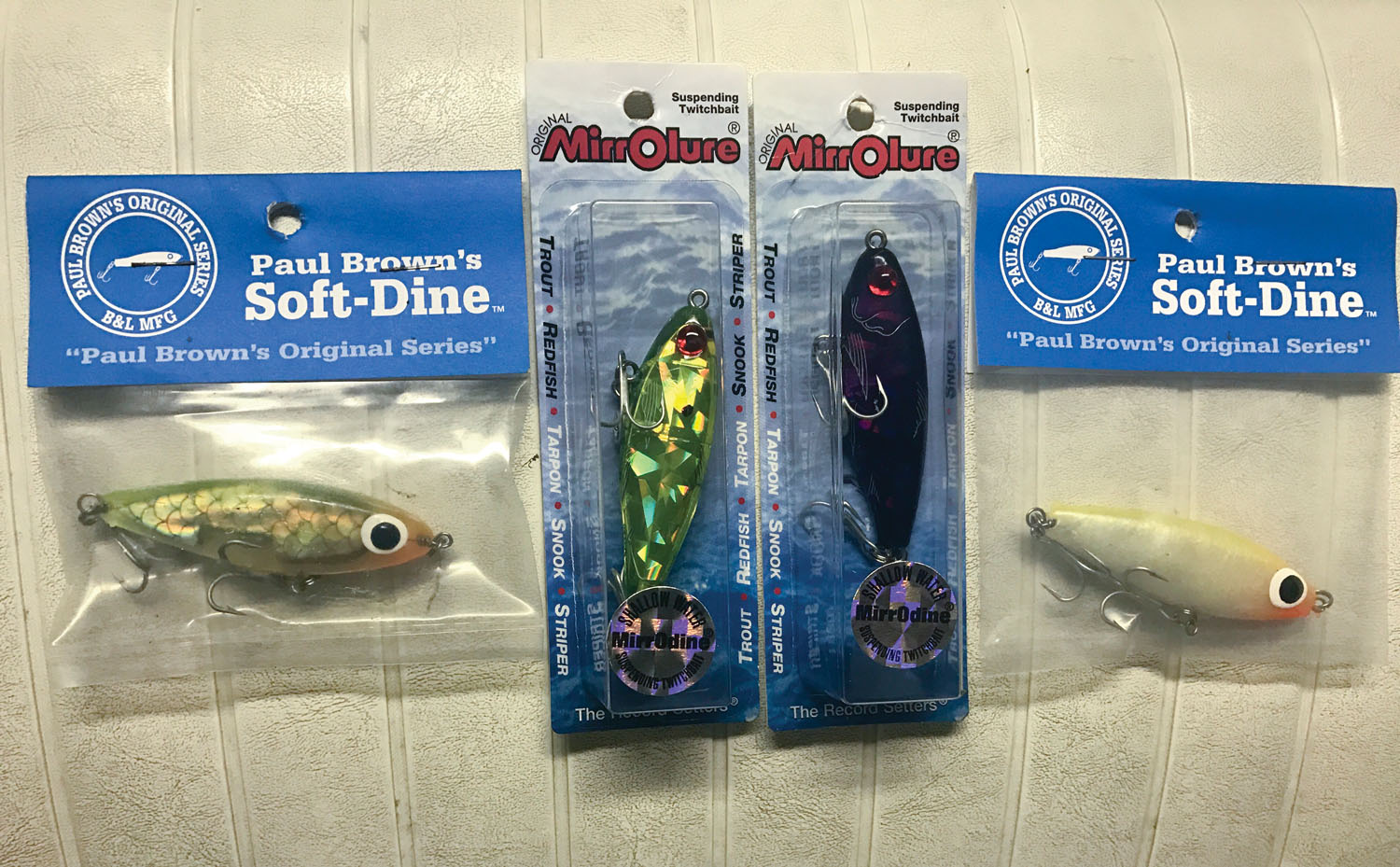The Buzz: March 2017

March can be one of the best months for wade fishing in the Galveston Bay Complex. There will be days when you can’t make a mistake and then there will be periods where nothing makes sense. Even though some days might reach 85⁰ and feel almost summery, a front will scream in and bring things back to normal. It’ll be windy, for sure, as strong southerly flows become an almost everyday thing. Wade fishing is the best way to beat the wind.
The word transition seems to be part of every springtime fishing discussion, and rightly so. The dreaded period of half winter–half spring can be a whole headache to anglers trying to stay on a reliable bite. Transition is probably as descriptive a term as can be applied to March fishing, sometimes I think the fish are as confused as we are as to which season they are in.
Most of our fish have been on mud all winter and with rising water temperatures they begin moving to harder, sandier bottoms. With that said, we experienced a very mild winter and water temperatures never dipped to normal wintertime levels. It doesn’t take much imagination to wonder whether the traditional March transition may have already been underway for a while.
This movement or restaging of fish never occurs en masse, sometimes you can barely notice it. What you will notice is that feeding becomes erratic. One day you knock their heads off and the next day is pitiful. Remember this though, whenever you find yourself in the middle of a steady March feeding pattern it can be very memorable!
Lure selection during March can be a crap shoot at times. The fish can be finicky and you need to give them exactly what they want and present it with finesse to trick them into striking. As the water temperature rises, the fish will gang into schools and become easier to feed, but that’s rarely the case in the first weeks of the month. Expect them to be spread out, so covering water is necessary.
Topwaters are best for covering a lot of water quickly but I typically do not rely on this technique unless bait is plentiful and active at the surface. Corky-types may offer the greatest appeal for tricking heavyweight specks but not the best for covering water. What this means is that soft plastics get the most playing time and we vary retrieve speeds between covering lots of water and trying to let it settle right in their faces.
Downsizing your lures can be critical whenever glass minnows and similarly small forage is abundant. MirrOlure offers a great line of lures for “matching the hatch” with their MirrOdine and its softer Corky cousin, the Soft-Dine. The 17MR, 27MR and Soft-Dine can be dynamite for drawing strikes when the fish aren’t looking for the full meal deal.
Downsizing applies to soft plastics as well, but for me it more of a lighter jighead strategy than a smaller lure. In situations where I would normally use a 1/8-ounce head I will opt for a lighter 1/16 or maybe even a 1/32 to create a descent through the water column with more finesse.
West Galveston Bay
West Bay has been the most consistent of all the bays and even coughing up some good weight from time to time. Stingers of trout and redfish have been coming from south shoreline coves on warmer days. Cooler days have been better on mid-bay reefs and more isolated structure. As March develops, we should see more action towards sandier bottoms.
East Galveston Bay
East Bay has a lot of fish in it, but it’s all about timing. You can be in an area where everything looks textbook but with no success. You’ve just got to grind them out. The warmer it gets, the further the fish will spread away from the back of the bay heading towards hard sand and shell. The south shoreline of East Bay is a great place to escape the hard south winds that normally come during March.
Upper Galveston Bay
The Upper Galveston Bay region has been holding a lot of fish but fairly inconsistent after hard winds and warmer than normal water temperatures. Strong tidal flows rolling up the Houston Ship Channel will fix the clarity issue quickly so keep an eye on this region. It can bust wide open in only a matter of a few days. MirrOlures and Corkys have been the ticket, as always.
